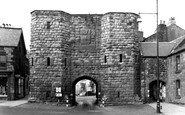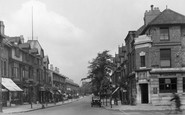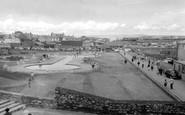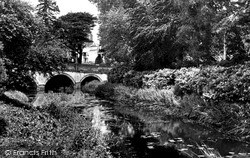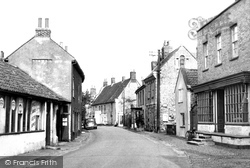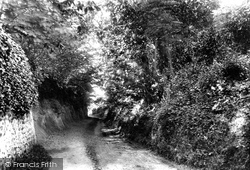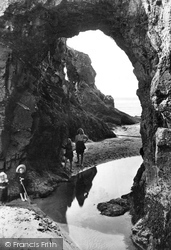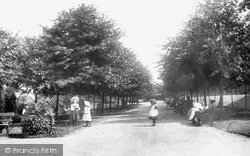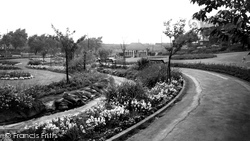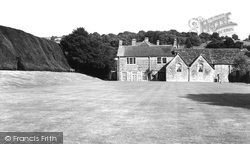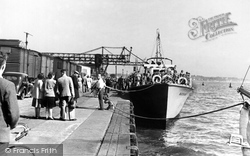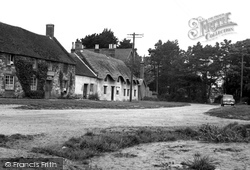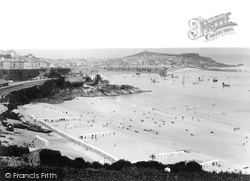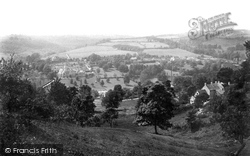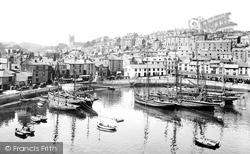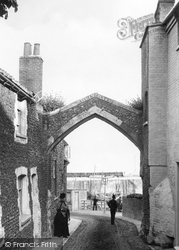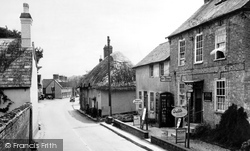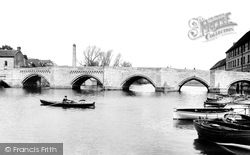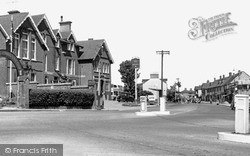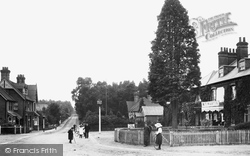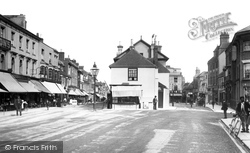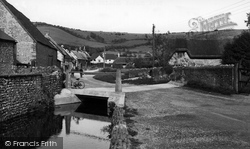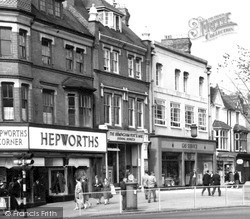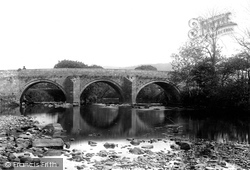Places
Sorry, no places were found that related to your search.
Photos
5 photos found. Showing results 661 to 5.
Maps
83 maps found.
Books
Sorry, no books were found that related to your search.
Memories
1,127 memories found. Showing results 331 to 340.
Great North Road
Hi, I used to travel via the great north road in the 1960s to near Durham, I can remember going through the arch above lots of times it was very narrow and you had to watch your car you could not speed then. Alnwick is a nice ...Read more
A memory of Alnwick in 1960 by
Great Story But A Few Corrections
The fields along Hospital Lane were for St Michael’s School in Leeds, next to the boys Grammar School - the boys had to get the bus up and change in the old stables! Allan Bennetts family lived in the corner ...Read more
A memory of Cookridge
Grimshaw Lane
I very much so recall Grimshaw Lane, we lived at no.411 next to the Highams and the Howarths, and the Digmoor Primary School with Fred Holmes as the headmaster. Fred was a keen sportsman who encouraged the playing of sport on ...Read more
A memory of Upholland Sta in 1955 by
Grosvenor Road And Urmston, Always A Place In My Heart.
I lived on Grosvenor Road, Urmston - the allotment end - from 1965 to late 1969 age 3 to nearly 8 years of age with my 2 brothers and parents (we then moved to Blackburn). My daughter has recently ...Read more
A memory of Urmston by
Growing Up
I was born on the 24th of July 1929 above a shop next to a pub called the Rose of Denmark, in Hotwells, Bristol, very convenient for Father to wet his whistle and my head at the same time. Father was born in 1893, Mother in 1895. They ...Read more
A memory of Bristol in 1930 by
Growing Up
How wonderful to find this web site. I am the second generation of my family to be born, brought up and still live in Porthcawl. I consider myself very lucky to live here and fully appreciate both the seaside and the country which is ...Read more
A memory of Porthcawl by
Growing Up Childhood Memories
I was born in Elm Park Avenue in 1937 and have memories of the Second World War and after. I can remember during the war, especially during the Blitz, bedding down with my mother under the stairs in a steel wire ...Read more
A memory of Elm Park in 1940 by
Growing Up In Bletchley From 1953 Onwards
My parents moved to Bletchley from London early 1953, they first lived in St George's Road before moving to 35 St John's Road when I made my appearance shortly after Christmas. So much has changed since ...Read more
A memory of Bletchley in 1953 by
Growing Up In The 1980s
I was raised on a lovely estate called Thomas Moore estate, it was all new and I always went wandering all around Finchley from Avenue House to Victoria Park in Finchley central to going to school in Friern Barnet. I ...Read more
A memory of East Finchley in 1983 by
Growing Up In The Old Marchwood
I moved to Marchwood in the mid 1960s, I was not very old. We lived in an old house on the edge of the village, called Glengarriff. The old house was pulled down many years ago. I attended Marchwood Primary ...Read more
A memory of Marchwood
Captions
1,233 captions found. Showing results 793 to 816.
The elegant, five-arched ashlar bridge of around 1830 is named after the Countess of Wilton, whose husband - a well-known figure in the hunting world - bought Egerton Lodge and entertained the rich and
Cley (rhymes with sky), once a busy port, is now a sleepy village, where nothing much has changed since this photograph was taken.
The area still retains much of this rural charm with its canopy of trees and ancient hedgerows.
Visitors to the great sandy beach at Perranporth can also explore the caves and arches in the cliffs on the west side at low tide.
Much of this avenue survives the outer bailey, although it is now bounded by 1920s low walling, and the ornate benches have been replaced by more utilitarian ones.
Complete with a stream and ornamental flowerbeds, the Valley Gardens still give much pleasure to shoppers seeking relaxation after shopping in nearby Carlton Street.
Melcombe Bingham's manor house dates back to the time of the Plantagenet kings, though much of the present building is Tudor.
Poole continues to function as a port, though as much now for leisure craft as merchant shipping.
This straggling village has spent much of the last fifty years being dominated by a structure that proved to be as controversial - the Winfrith Atomic Energy Station.
Compared with the view of Porthminster Beach taken in 1890, this view indicates how much the holiday industry had taken over the St Ives beaches.
Originally 15 acres in extent, it is now much silted up. The bill for the original construction of the dam was £945.
Lyte was the much loved Victorian parson of the fishing town, living high above the town at Berry Head House.
Leading from the old village to the harbour beyond, this 16th-century arch, originally fitted with a portcullis and gates, was built to protect the settlement against pirates and smugglers.
Much of Puddletown was rebuilt in 1864, but the area around the church suggests the village that the young Hardy would have known.
Its building was begun in 1332 to connect Huntingdon with Godmanchester, and the respective authorities paid for three arches - note the different styles - with the builders starting on each bank and meeting
In the foreground stands the arch of the Conservative Club, with the solid brick-built Cambridge Hotel next door. The honey-pot style telegraph poles carry lines to the surrounding
However, the influence of the Roman Occupation is still much in evidence. The Devil's Highway, a Roman road, passes through the village, and two Roman milestones can still be seen locally.
The arched gate and the lodges at the entrance to Haigh Park are thought to date from c1840.
The broad High Street, once the site of the market established under a charter from Edward I, was, at the turn of the last century, still very much a rendezvous for the cattle and sheep farmers of the
Much of the street plan was changed. One example was that Thieves Lane became Station Road.
Winchester College has owned much of Sydling for generations, ensuring a continuity of building and landscape conservation missing in so many Dorset villages.
Characterised by pointed arches and fine stonework, the old gate is also renowned for its statue of George III gazing down the High Street, dressed as a Roman and wearing a toga.
They look even more unnatural these days, as they are severely pollarded in the French style, but they would be much missed if they were removed.
The handsome Leadmill Bridge, on the Grindleford approach to Hathersage, spans the Derwent in three graceful gritstone arches.
Places (0)
Photos (5)
Memories (1127)
Books (0)
Maps (83)

